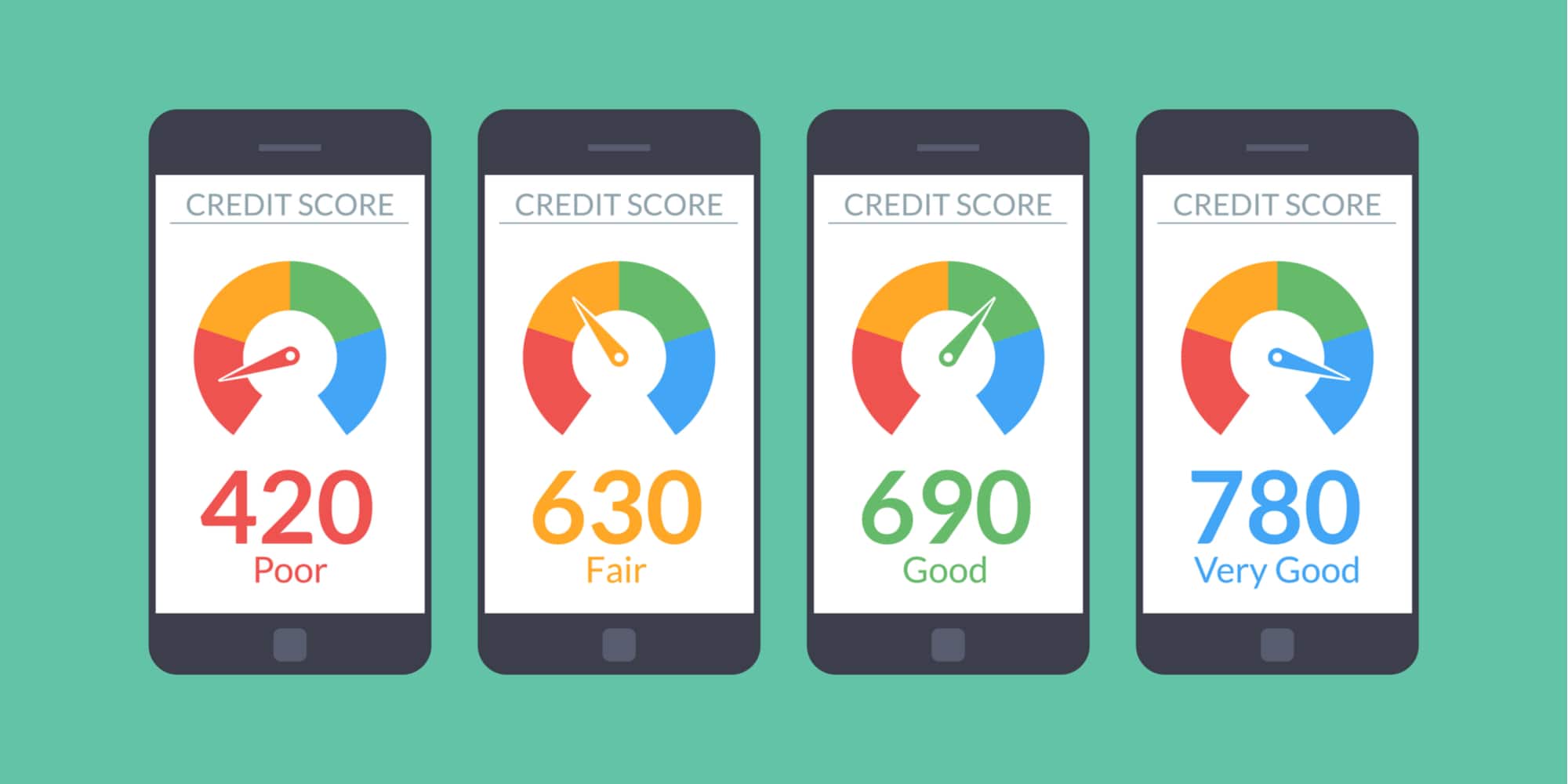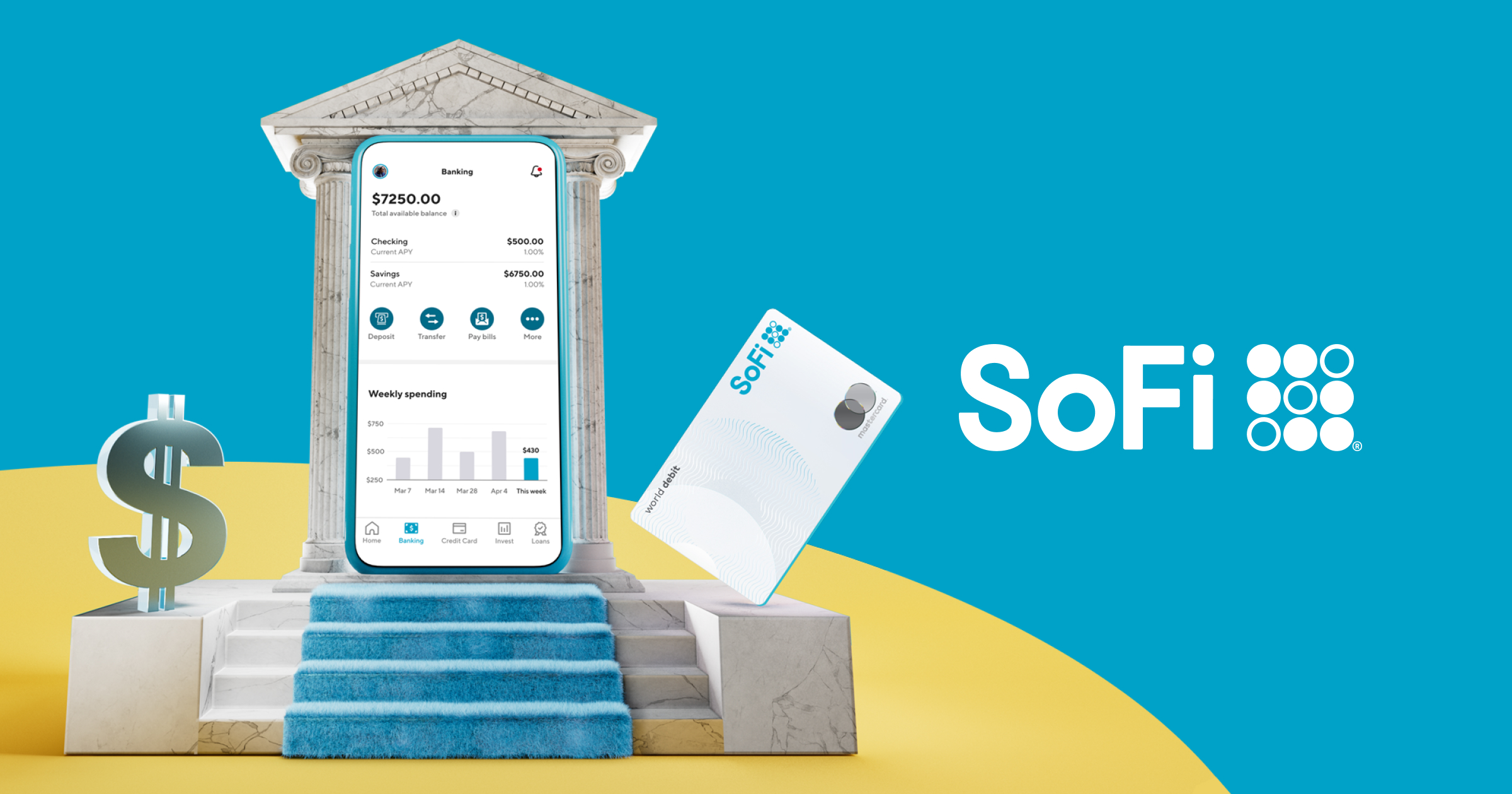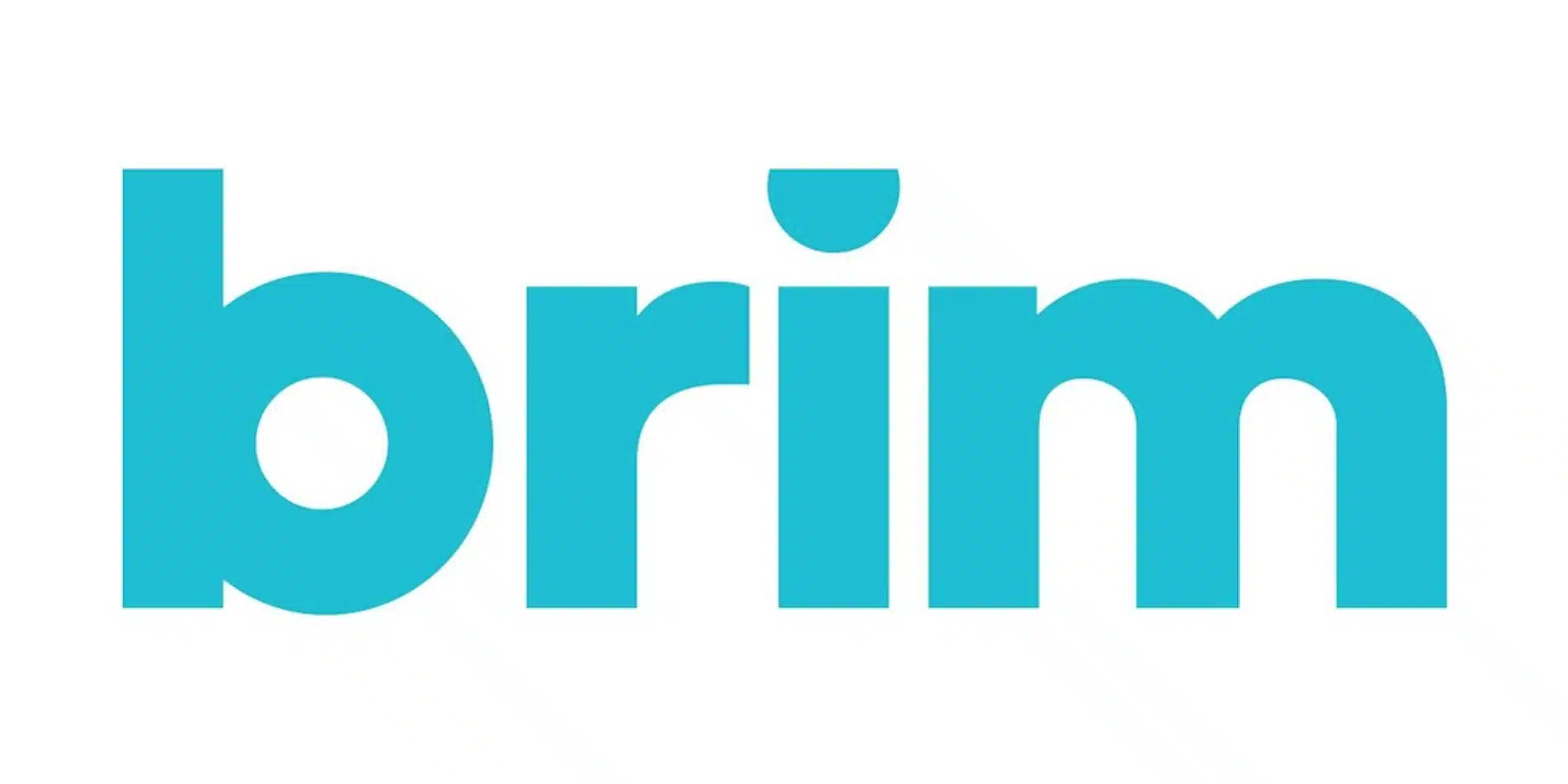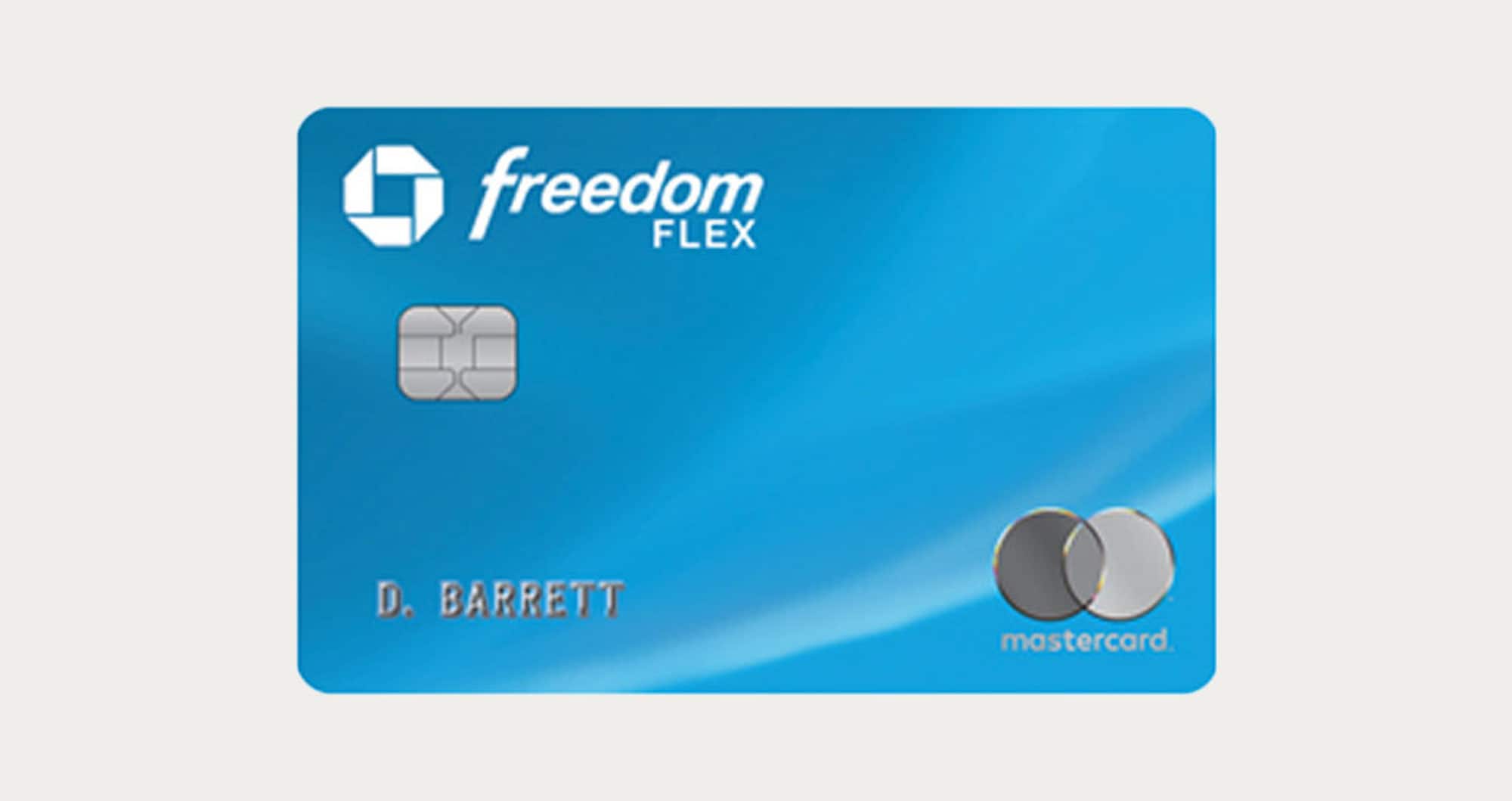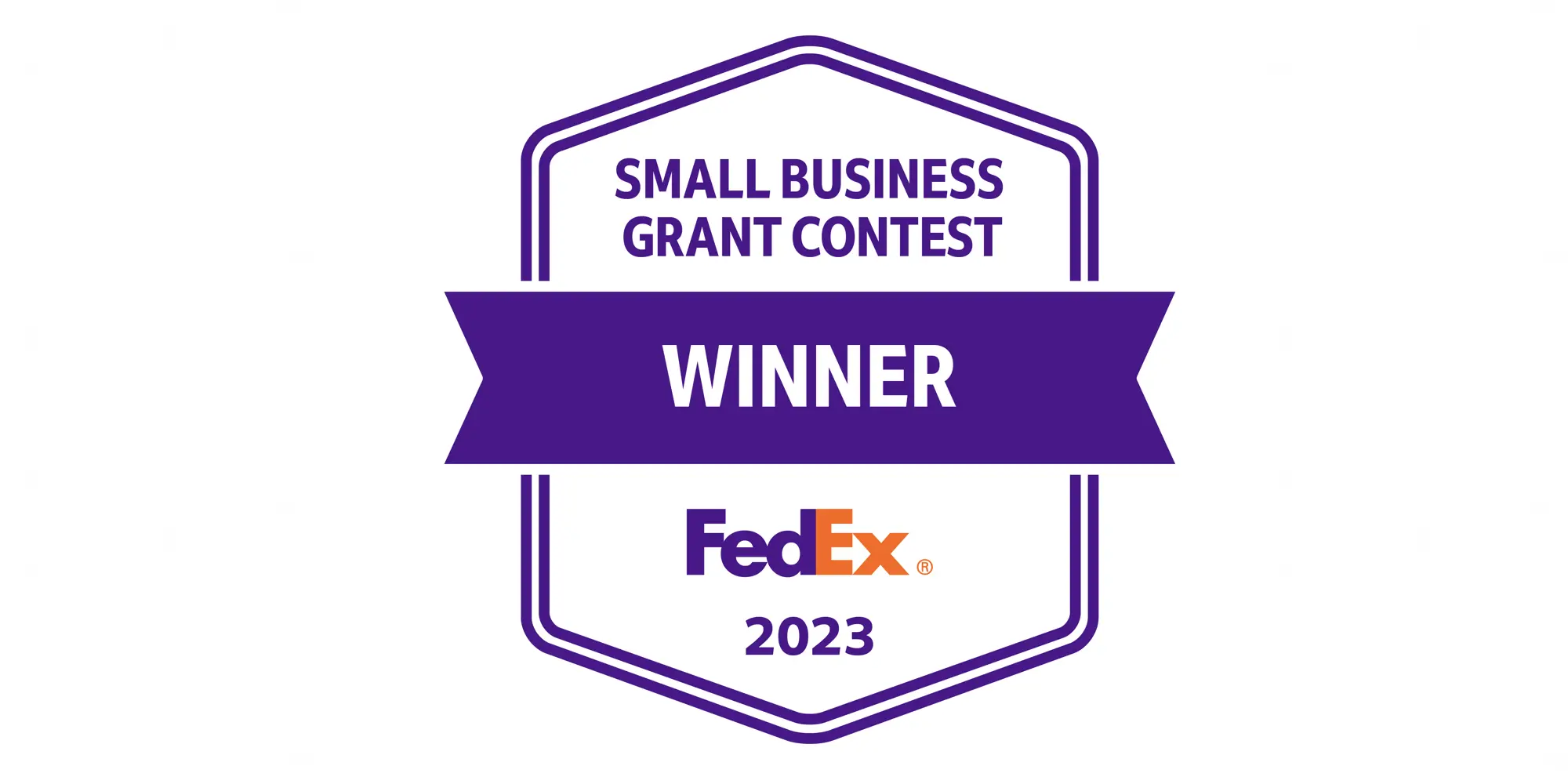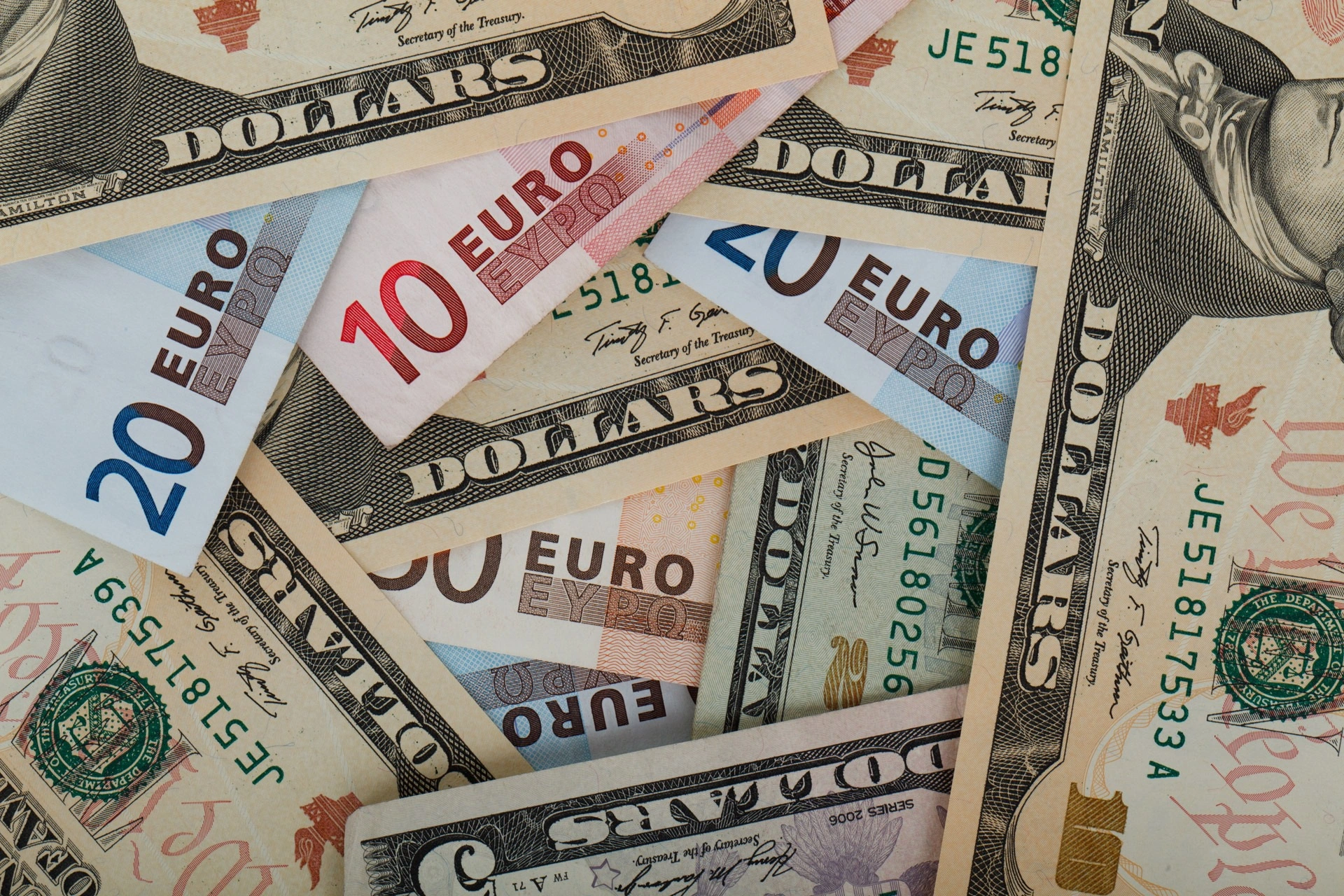
Personal Finance
Money at 30: The Power of Parity
As I write this, my wife and I are once again in France. Unbelievably, this is our third visit in under a year as we continue to cover developments at Disneyland Paris for Laughing Place. However, this particular trip is a bit special for a couple of reasons. First, we’re here to report on the opening of the new Avengers Campus land — which, as big Marvel fans, we’re very excited about. Meanwhile, the other and unexpected reason that this trip has been unique is that, right now, the U.S. Dollar and the Euro are practically at parity (or fully there depending on when you check). What does that mean? It means that the two currencies are worth virtually the same amount.

To be clear, this isn’t exactly normal. Since we’ve been visiting France, we’ve seen exchange rates as high as 1.20€ to $1. So, basically, we’ve effectively been saving 20% on everything we’ve purchased so far on this trip compared to others. Have we been taking advantage of this? You betcha.
Since touching down at Charles de Gaulle, we’ve seen how this currency parity has impacted our dining purchases, grocery bill, and, yes, Disneyland Paris souvenirs. Plus, both because we enjoy the store and because we packed light for our extended stay, we went and picked up a few items at the store Kiabi to take home with us (granted, the shirts are only 5€ to begin with, but savings are savings). Plus, in anticipation of the exchange rate perhaps not being quite as nice in the future, I did make a point to pull out a few extra Euros at the ATM.
Of course, the benefit we Americans are getting from an advantageous exchange rate in Europe is offset by the super high airline fares many are seeing. Thankfully, in our case, we didn’t have to worry so much about this since it’s a business trip (our boss wasn’t too pleased though). Therefore, it’s hard to recommend that you quickly book a trip in order to make the most of this somewhat rare opportunity.
Apparently, this is the first time in 20 years that parity between the Dollar and Euro has been reached. So, the big question now is, “How long will this last?” Seeing as I’m not an economist — and won’t even pretend to understand exactly why it’s happening now — that’s hard to say. All I know for sure is that I’ll be enjoying it while it lasts.
Other Tips for Saving While Abroad

On top of the positive exchange rate, there are other ways we’ve been saving money while over here in Europe. The first might seem counterintuitive seeing as I mentioned getting money from an ATM — but it’s actually using credit cards. Specifically, credit cards that don’t charge foreign transaction fees and using them via Apple Pay.
While some cards may charge you an additional 3% for making foreign payments, a growing number of issuers are waiving these fees for certain cards. As for why I’d recommend Apple Pay, we’ve found that acceptance is near universal here (pretty much everywhere that takes credit cards takes Apple Pay) and we’ve had better luck with our payments going through the first time versus just trying to tap the card.
Of note, while we haven’t experienced it on this trip, travelers may encounter instances where they’re given the option to pay in local currency or U.S. dollars. Again, contrary to what you might assume, it’s usually better to pay in the local currency as the exchange rate used to calculate the dollar conversion might include fees. So, to take advantage of that parity, pay in Euros using your “no foreign transaction fee” card.
For those times when credit cards aren’t an option, then getting cash out while traveling can also be a good idea — but there’s a smart way to do it. If you’re like me, you may have been tempted to get currency ahead of time to be prepared. While I appreciate the instinct, the exchange rates and fees make this a less than ideal proposal.
Instead, pulling out money from an ATM when you arrive is usually a better plan. Once again, you’ll want to review what fees your bank charges you for this and factor in that the ATM operator may also charge you a fee. However, in my experience, we’ve been able to find machines that don’t charge any extra fees along with bank accounts that don’t assess fees either. Thus, between my credit card and this tactic, we’re able to pay for all of our purchases without issue and save money while doing it.
Despite inflation at home on the rise making everyday purchases more expensive, our visit to Europe happens to coincide with the Dollar reaching parity with the Euro for the first time in two decades. This situation — along with our strategic use of credit cards and no-fee ATMs — has made this a surprisingly affordable stay in France. While it’s unclear how long it will last and the cost of plane tickets might make your eyes pop, it’s at least worth being aware of the power of parity overall.




